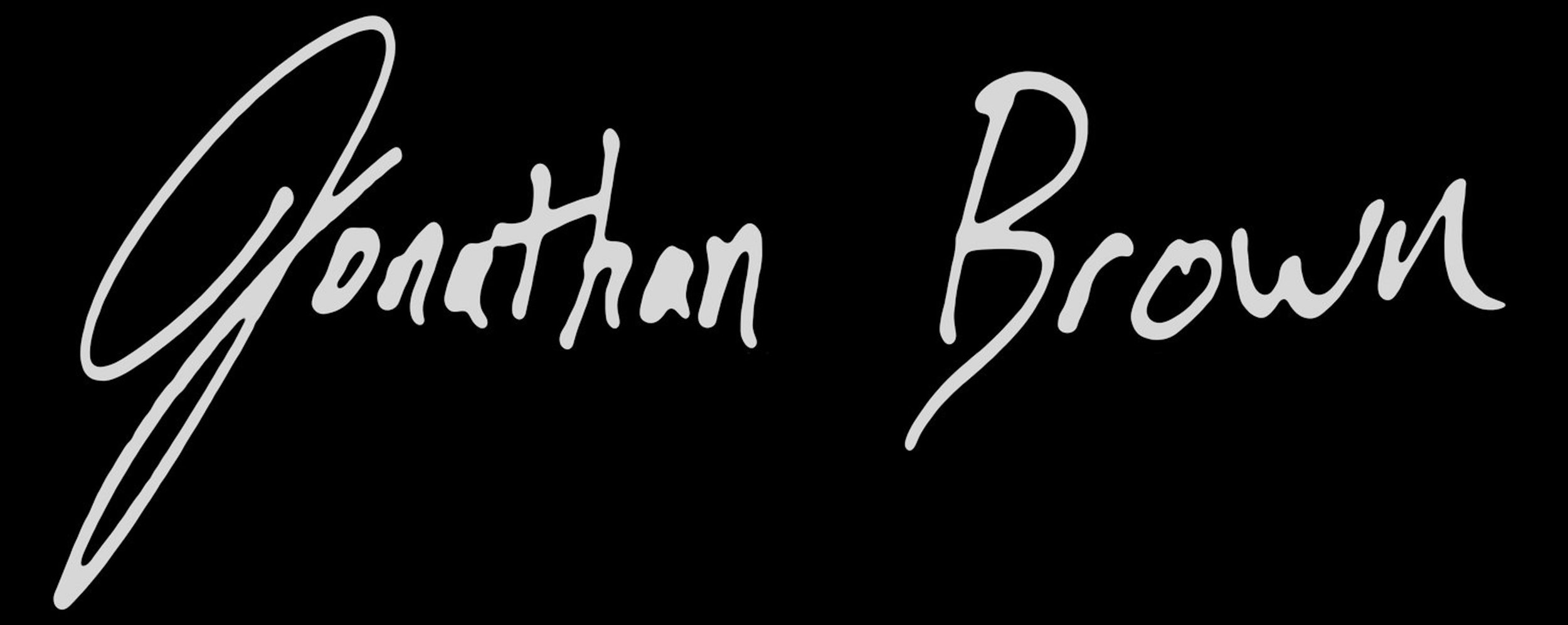Ani DiFranco’s No Walls and the Recurring Dream
This week, I want to take a moment to taco bout Ani DiFranco’s book No Walls and the Recurring Dream. Ani narrates the audio version herself. Paige Beller and I listened to the book this past spring on a tour through the Midwest. It was magical driving across the country playing a show every night with Paige while Ani told us her life story during the days.
Some of my favorite parts of No Walls and the Recurring Dream are when Ani gives us insight on her songwriting process. She writes, “People have often asked me about my songwriting process and all I can say is this: It takes many forms. Intentionally so. I don’t ever want to write the same song twice so I try taking different routes to finish the line. Experimentation leads to unpredictable results and is not the path to surefire success but it is a path to discovery and discovery is way more fun.”
“Taking different routes to finish the line,” really spoke to me because it made me feel good about my collage process of creating. A line from a notebook that’s been sitting at the bottom of pile for the last five years could fit perfectly next to something I might write tomorrow. And that’s okay. It’s neat to stack found lines from different time periods on top of each other. It helps me make sense of the feelings I had in journals years ago to recontextualize them now into art. Ripping lines from a time period when I was lost and seeing them through the prism of perspective helps me to make songs, but I’m not just revising words. I’m revising my life.
Ani continues, “Songs can come through in something like a moment of alignment and, at those times, there is very little need for a lot of earthly intentions steering the process. Mostly my songs seem to come through while I’m in an altered state and the very best part is waking up from the trance to a feeling of profound satisfaction. I wake up to the fact that I have transformed my pain into something more beautiful and useful that it was in its original state. I wake up to a vindicating calm because I’ve allowed something to leave my body and be reborn in the world as something better. And not only that, now I have something to offer the world: a contribution.”
I felt that because Ani describes her process as one of healing by way of self-discovery. She’s down to spelunk through all the deep, dark parts of herself because she knows there’s a chance she’ll emerge back at the surface with a piece of art to show for the effort of her descent.
She’s giving purpose to her contrast and, therefore, rendering it less scary.
By intentionally exploring the lows of life, she’s able to bring about a new understanding and perspective in three parts. First, for herself by creating the song; then for us by sharing the song, and lastly, she gives thanks to the trance state from where the song arose each time she plays it live.
In visual art, negative space is recognized as the empty part of the picture. What if we hold the word negative to its connotation and then circle back on the idea that to create something you have to destroy what’s empty? That makes the act of creating an act of healing because you are literally erasing the negative.
Creation is an act of destruction. It’s a very real and very specific destruction of nothing. To make a word, you have to destroy silence. To write a poem, you have to destroy the blank page it’s written on. To make a something, you have to destroy the nothing that used to be there.
